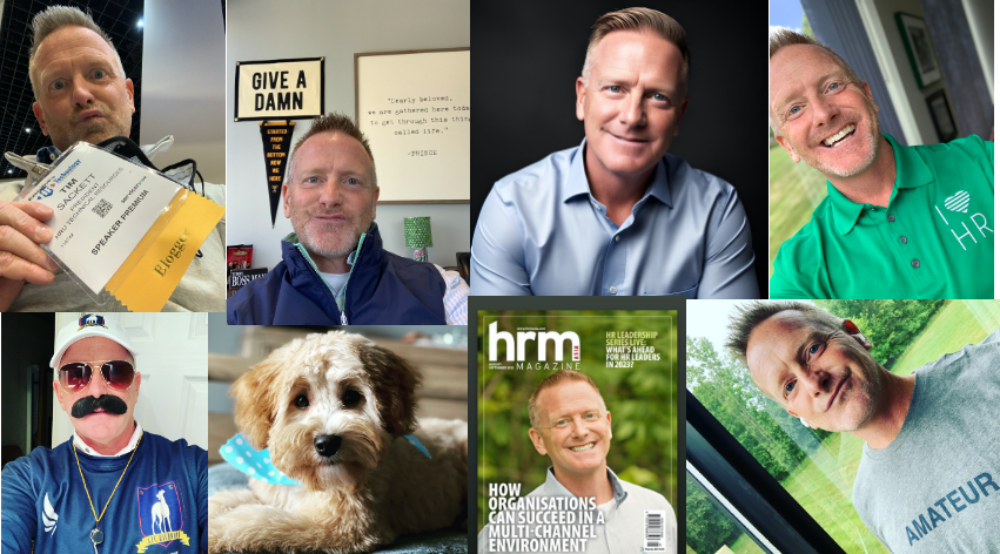It’s that time of year when parents and kids make a big decision, to ride or not ride the school bus! From the Project archives.
I read a very funny quote today from a comedian, Jenny Johnson, which she said
“If you rode the school bus as a kid, your parents hated you.”
It made me laugh out loud, for two reasons:
1. I rode the bus or walked or had to arrive at school an hour early because that was when my Dad was leaving and if I wanted a ride that was going to be it. Nothing like sitting at school talking to the janitor because he was the only other person to arrive an hour before school started. Luckily for me, he was nice enough to open the doors and not make me stand outside in the cold. Lucky for my parents he wasn’t a pedophile!
2. My kids now make my wife and I feel like we must be the worst parents in the world in those rare occasions that they have to ride the bus. I know I’m doing a disservice to my sons by giving them this ride – but I can’t stop it, it’s some American ideal that gets stuck in my head about making my kids life better than my life, and somehow I’ve justified that by giving them a ride to school their life is better than mine!
When I look back it, riding the bus did suck, you usually had to deal with those kids who parents truly did hate them. Every bully in the world rode the bus. Let’s face it their parents weren’t giving them a ride, so you had to deal with that (me being small and red-headed probably had to deal with it more than most).
You also got to learn most of the life lessons on the bus, you found out about Santa before everyone else, you found out how babies got made before everyone else, you found out about that innocent kid stuff that makes kids, kids before you probably should have. But let’s face it, the bus kids were tough! You had to get up earlier, stand out in the cold, get home later and take a beating after the ride home, just so you had something to look forward to the next day!
You know as HR Pros we tend also not to let our employees “ride the bus”. We always look for an easier way for them to do their work, to balance their work and home, to do as little as possible to get the job done. In a way, too many of us, are turning our organizations and our employees into the kids who had their Mom’s pick them up from school.
I’m not saying go be hard on your employees, but as a profession, we might be better off to be a little less concerned with how comfortable everyone is, and a little more concerned with how well everybody is performing.
Too many HR Pros (and HR shops for that matter) tend to act as “parents” to the employees, not letting them learn from their mistakes, but trying to preempt every mistake before it’s made – either through extensive processes or overly done performance management systems. We justify this by saying we are just “protecting” our organizations but in the end, we aren’t really making our employees or organizations “tougher” or preparing them to handle the hard times we all must face professionally. It’ll be alright they might not like it 100%, but in the end, they’ll be better for it.
